The Sandpoint Eater: Read all about it
By Marcia Pilgeram
Reader Columnist
A few months back, while I was doing some research on Meyer lemons, I found several stories about Frank Meyer. I was intrigued and had to learn more. After some additional research, I found the most captivating book, The Food Explorer, by Daniel Stone. Not only did I learn more about Frank Meyer, but I learned of his boss, a young globetrotting adventurer and botanist named David Fairchild. Though I had previously given credit to Meyer as the first plant hunter/explorer to look for useful flora, it was his boss, Fairchild, who rightfully earned that honor.
Stone’s captivating read brings Fairchild’s daring and daunting explorations to life. Part science and history, part culinary portrait and travelogue, the book is well-researched and filled with page-turning adventures and super interesting facts.
Fairchild’s explorations were partially funded by the U.S. Office and Plant and Seed Introduction (the creation of which he led in 1898). Other monies came from a wealthy and curious trust funder, Barbour Lathrop, who funded and accompanied Fairchild on fruit and scouting expeditions worldwide.
Their first journey lasted more than two years. While Lathrop had called on exotic ports in the past, it was all new to Fairchild, whose bold mission was to seek out useful plants that he could introduce to the U.S. Once they learned of an interesting plant from a local, they sought out the location, sampled it, took meticulous cuttings (often secured in a potato) and took copious notes before shipping the specimens back home.
Stories of their adventures have me spellbound. More than once, Lathrop and Fairbanks met with nearly fatal maladies: yellow fever for Lathrop and typhoid for the much younger Fairchild. Besides illness, they faced other harrowing experiences. When crossing the Andes Mountains from Santiago to Buenos Aires, Fairchild’s donkey slipped on the ice and barely avoided falling off the narrow trail straight down 1,000 feet of elevation. With David clinging precariously to the animal, the donkey regained his footing moments before sliding off the trail. When they reached Buenos Aires, Lathrop insisted they continue to Rio de Janeiro by boat.
In the South Pacific, they were met by fierce-looking locals — purportedly cannibals — who stood ready with arrows ready to fire. Once, in Italy, Fairbanks was arrested for alleged espionage, and admitted more than once that he was guilty of pilfering much sought-after plants all around the world.
Aside from the travails of their travels, this unlikely pair was responsible for introducing some of the most prolific fruits and vegetables we serve on our modern tables. Besides the edible bounties, we can count the cherry tree that magnificently blossoms annually in Washington, D.C., among the living treasures of his efforts.
Once Fairchild took a bride (Alexander Graham Bell’s daughter, Marian), his traveling days waned, and up stepped another curious plant lover, Frank Meyer, to further the quest of identifying new edible plants for U.S. farms and orchards.
Like Fairchild, Holland native Meyer had his share of frightening incidents in the field. However, as a consummate agricultural explorer, he continued his plant-finding expedition until bad health caused him to leave China. Sadly, Meyer lost his life in the waters of the Yangtze River on his journey back home. The Frank N. Meyer Medal for Plant Genetic Resources was created in his honor and is bestowed to a worthy recipient annually.
Talk about a farm-to-table fable. It’s a delicious and satisfying read and leaves one grateful for their fruitful efforts. Pop a plump, seedless red grape, chop up a juicy mango for a refreshing salsa, or macerate an entire thin-skinned Meyer lemon for Sunshine Pie and thank those brave individuals who risked life to bring these edible beauties to us.
Good fruit doesn’t demand a lot of special attention. A favorite, quick and lovely dessert is two or three in-season fruits served in a simple, crispy meringue cup. Dress it up or down with additions like lemon curd, ice cream, whipped cream or tea cookies. Enjoy with a steaming cup of tea or a chilled pinot grigio — and a copy of The Food Explorer.
Crispy meringue nests
Unlike a similar dessert known as Pavlova, this simple dessert takes little time to prepare and assemble, and it’s a great way to enjoy fresh summer berries. Bake nests on a dry day. Filling options are only limited by your palate and imagination.
Makes 4 desserts.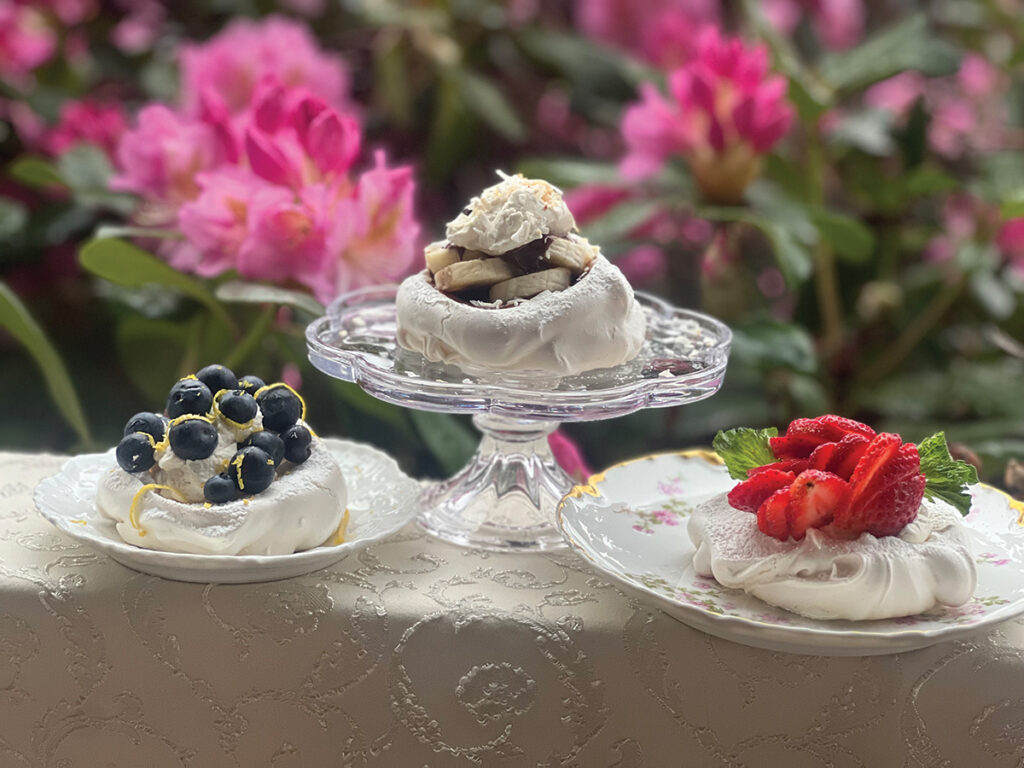
Ingredients:
Meringues:
• 2 large egg whites, at room temperature
• ½ cup superfine sugar
Toppings:
• 1 cup freshly whipped cream
• 1 cup fresh berries or 1 cup poached rhubarb
• Or ¾ cup chocolate sauce (ganache)
• Toasted coconut
Separate the egg yolks and whites. Save the egg yolks for another use.
Place the egg whites in the bowl of a stand mixer or use a bowl and hand-held electric beaters. Beat on low speed until soft peaks form. Gradually add the sugar, just a tablespoon at a time, increasing the speed of the beaters. Beat constantly until the sugar is completely dissolved, the whites are thick and glossy, and the meringue holds stiff peaks. Taste a bit on a spoon — if any sugar granules are present, continue beating until dissolved.
Preheat oven to 240 F. Line a sheet pan with parchment paper.
With a large spoon, make four mounds of meringue on the lined baking sheet. Dampen the back of a clean large spoon and make a well into each mound to form a nest.
Bake for 45 minutes or until they feel crisp, then turn off the oven. Leave the meringues to cool in the oven. They should stay white, but could brown a bit depending on your oven.
The nests are ready to fill, or store in an airtight container for up to two days.
Whip the cream until the cream has firm peaks. Spoon some cream (or chocolate) into each meringue case. Decorate with the berries or other fruit. Serve immediately.

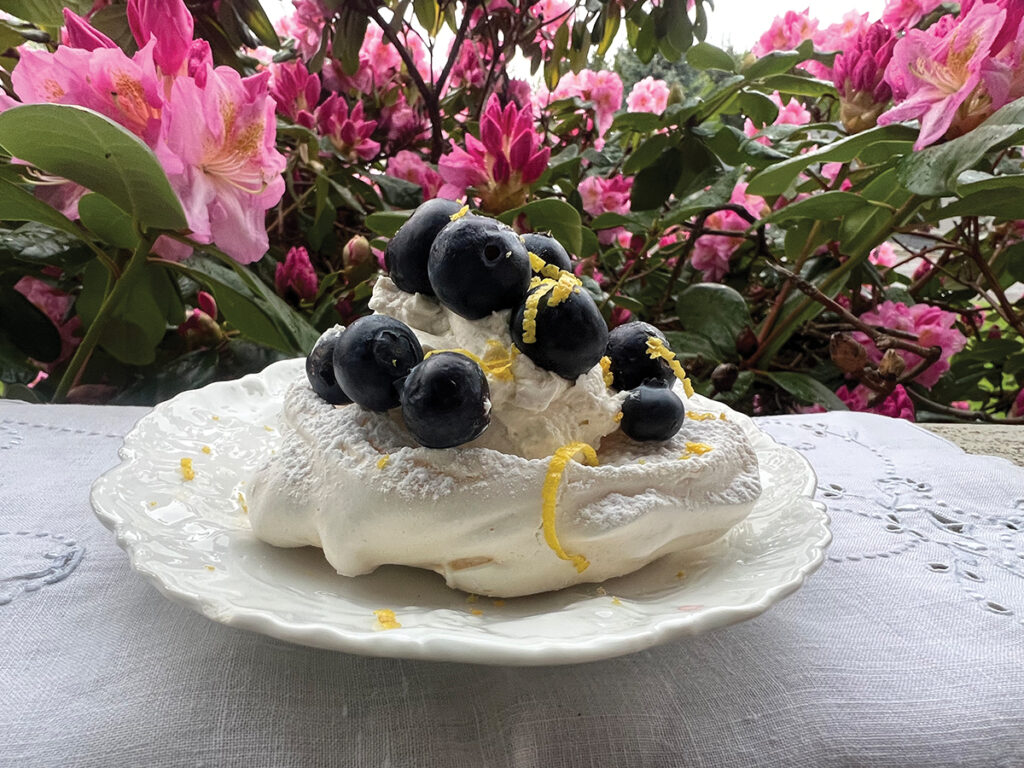
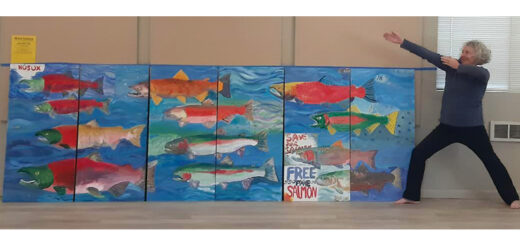
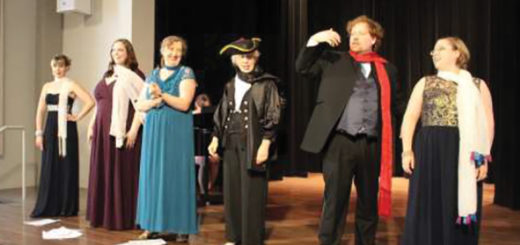




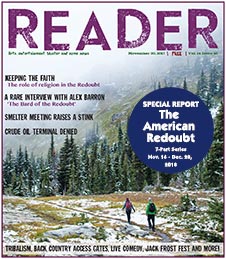



 Coming up this week! Don’t miss Live Music, the Summer Sampler, the Art Party, Monarch Grind, the Sandpoint Renaissance Faire, and more! See the full list of events in the
Coming up this week! Don’t miss Live Music, the Summer Sampler, the Art Party, Monarch Grind, the Sandpoint Renaissance Faire, and more! See the full list of events in the 